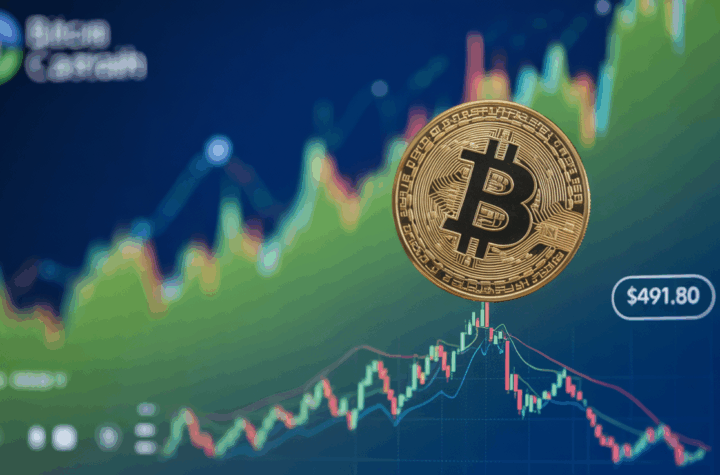
Strategy’s Perpetual Preferred Shares Jump Amid Bitcoin Gains and S&P 500 Buzz
Bitcoin’s record-breaking monthly close has sparked speculation around Strategy (MSTR), although broader economic factors like shifting interest rates also appear to be driving investor activity.
Investors seem to be piling into Strategy’s perpetual preferred shares in anticipation of the bitcoin-focused company potentially joining the S&P 500. Bitcoin’s strong June performance has helped boost Strategy’s earnings enough to meet key financial requirements for entry into the prominent U.S. stock index, according to several analysts.
However, enthusiasm for Strategy’s preferred shares might be fueled by more than just expectations of index inclusion. The shares currently yield above the Federal Reserve’s target interest rate range of 4.25%-4.5%, making them appealing to yield-seeking investors, especially amid calls from President Donald Trump for lower rates.
While a final decision on S&P 500 inclusion is unlikely before September, MSTR’s stock surged 5% on Monday, closing above $400 for the first time since May 22. The rally was even stronger in the company’s perpetual preferred shares, with STRK gaining 15%, STRF rising 7.5%, and STRD climbing 3%.
Bitcoin ended June priced at $107,750, boosting Strategy’s earnings by roughly $11 billion. Analyst Jeff Walton estimates this increase pushes the company’s earnings per share to about $39.50, enough for Strategy to report a net positive result across the past four quarters—the last hurdle for potential entry into the S&P 500.
Stocks often enjoy price gains upon joining the S&P 500, as inclusion typically attracts institutional investors limited to holding index-listed companies.
STRK rose to $121, providing a yield of 6.6%. Since launching on February 6, STRK has delivered a 42% return, significantly outpacing bitcoin’s 11% gain and the S&P 500’s modest 2% advance over the same period, excluding dividends. STRF currently yields 8.8%, while STRD offers an even higher yield of 11.1%.
All of this raises the question: Are traders positioning ahead of MSTR’s potential S&P 500 inclusion—or are they simply chasing the attractive yields in a shifting economic landscape?






More Stories
“Dogecoin steadies near $0.16 support amid profit‑taking that caps upside momentum.”
RLUSD Pilot Boosts XRP 5%, Technical Momentum Points to $2.50
How Aggressively Are BTC Traders Hedging After Recent Dip Under $100K?